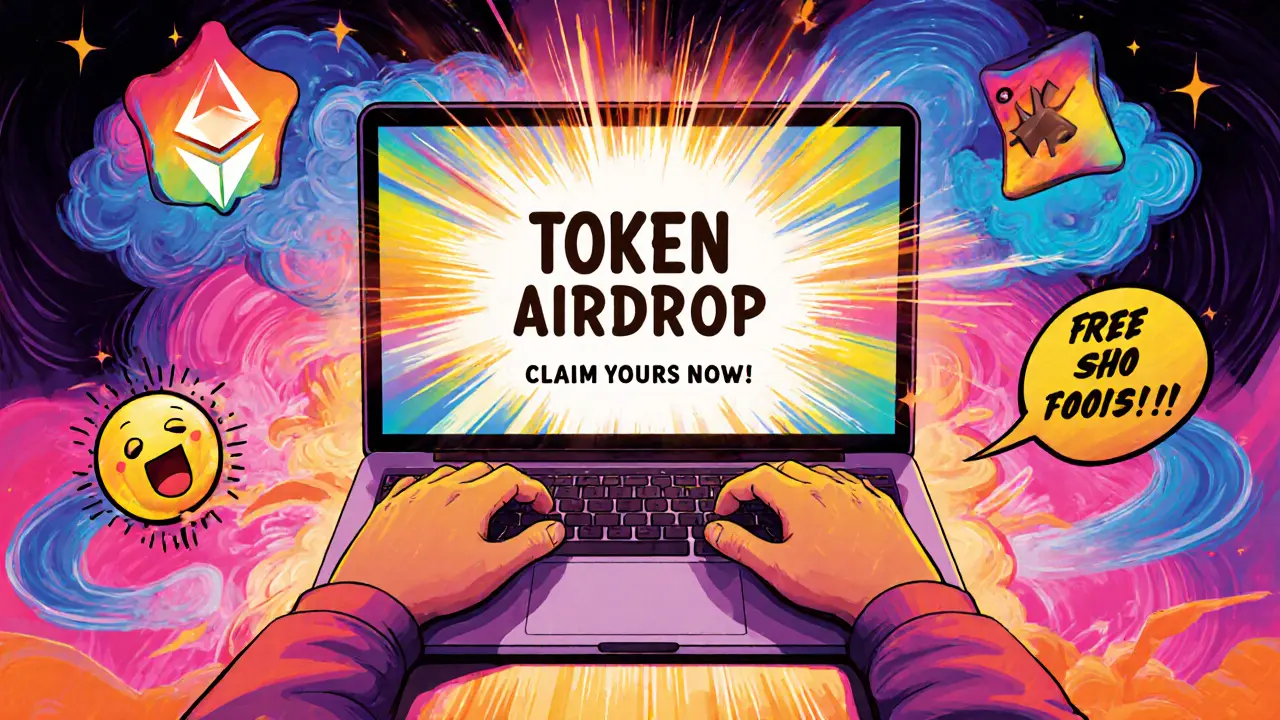SHO Token Eligibility Explained
When you hear SHO token eligibility, you’re really talking about the set of rules that decide which wallets can claim the SHO token during an airdrop or distribution event. SHO token eligibility, the criteria that determine who receives the SHO token in a given campaign. Also known as SHO eligibility, it sits at the crossroads of project goals, regulatory limits, and community incentives. airdrop eligibility, the process of checking wallet activity, token holdings, and KYC status to see if a user qualifies for a free token giveaway is a direct subset of SHO eligibility, because most SHO drops follow the same verification steps. In practice, a project will publish a checklist – hold a minimum amount of a partner token, complete a social task, or pass a KYC form – and the SHO eligibility engine matches each wallet against that list. This means the more you understand airdrop eligibility, the easier it is to spot a valid SHO claim.
How Tokenomics and Platform Rules Shape Eligibility
The next piece of the puzzle is tokenomics. Tokenomics, the economic design of a token, including supply, distribution schedule, and utility directly influences SHO eligibility because a project may limit the airdrop to early adopters or to wallets that already hold a certain percentage of the total supply. For example, if the SHO token has a fixed supply of 100 million, the team might allocate 5 % to community members who have staked a partner token for at least 30 days. That staking requirement is a tokenomic condition that filters eligible participants. Another common factor is the use of a DeFi platform; projects often grant SHO to users who have provided liquidity on a specific protocol. This creates a direct link between DeFi activity and SHO eligibility, turning everyday yield‑farming actions into a ticket for the airdrop.
Finally, the exchange hosting the drop matters. MEXC exchange, a crypto exchange known for running frequent airdrops and token sale events frequently partners with new projects, and its own user‑verification system becomes part of SHO eligibility. If MEXC requires users to complete a KYC level 2 check, that requirement cascades into the SHO eligibility criteria. Moreover, MEXC may prioritize users who have traded a minimum volume of the project's partner token on its platform. In short, platform rules extend the eligibility web, making it essential to keep an eye on exchange announcements, trading volume thresholds, and any special promotions that could unlock the SHO token for you.
Understanding these layers – airdrop eligibility, tokenomics, and exchange rules – gives you a clear roadmap to qualify for SHO. Below you’ll find a curated set of articles that break down each step, from the basics of claim forms to deep dives on token‑distribution models and real‑world examples on MEXC. Use this knowledge to audit your wallet, meet the required conditions, and increase your chances of snagging the SHO token when the next drop goes live.
SHO Token Airdrop by Showcase: How to Claim, Eligibility, Timeline (2025)
Discover everything about the SHO token airdrop by Showcase: eligibility, claim steps, timeline, and how it compares to other crypto drops in 2025.
